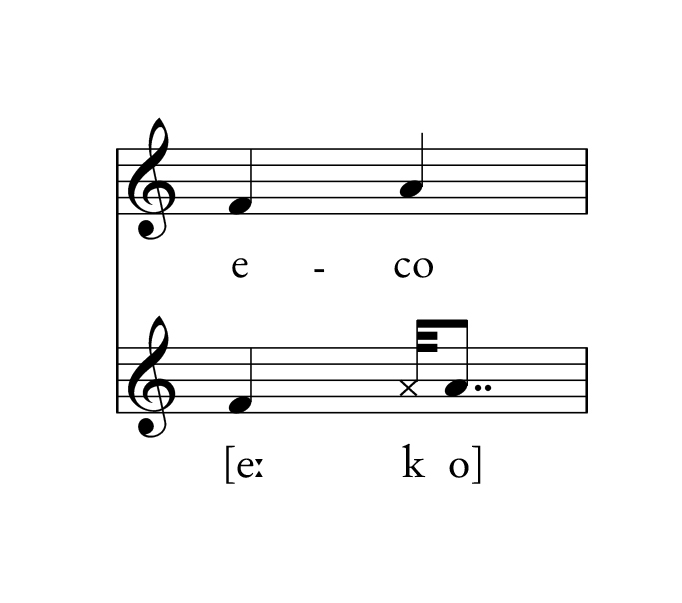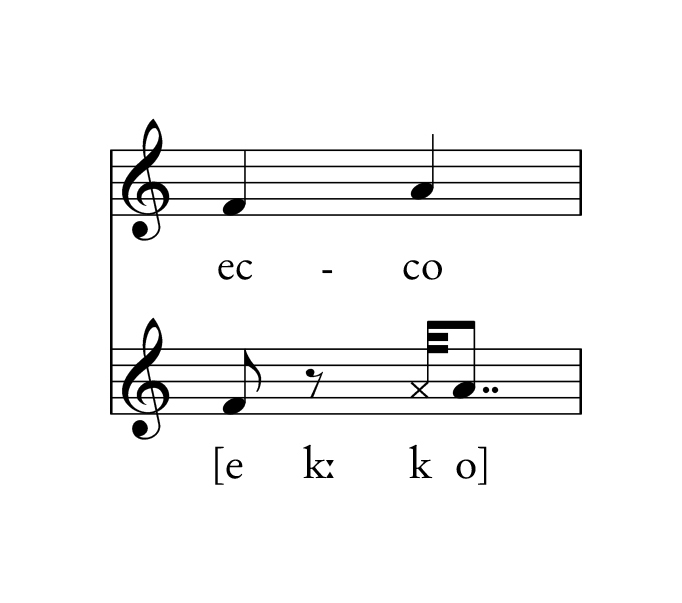
Sung Italian: what to focus on first
If you’re preparing for auditions or performances, or just looking to improve your general level of sung Italian, what should you prioritise? In this article, we discuss one of the most important areas of Italian diction for singers, and one that makes a significant improvement to clarity and expression: consonant length.
If you’ve worked with us before, or have a copy of the Melofonetica Method book, you’ll know the importance we place on consonants. Consonants make up the majority of phonemes (units of sound) in the Italian language and they’re fundamental for conveying meaning and emotion. We believe they’re so important for intelligibility, musicality and expression that we call them 'the backbone' of the Italian language.
Consonants in Italian must be either long or short. For many, focusing on distinguishing between short and long consonants requires a new awareness of the Italian language. It can also involve some retraining of the memory muscles, but will make a noticeable difference to the quality of sung Italian.
So, let's look at short and long consonants in more detail:
Short consonants
In Italian, short consonants are so fleeting that they create almost no interruption between the preceding and subsequent sounds. It’s useful to think of a short consonant as no more than a very quick ‘tap’. Examples include the m in come or the c in eco.
Long consonants
A long consonant is known as a 'geminated' consonant in phonetics. The term 'gemination' comes from the Latin gemini and means 'twinning' or 'doubling'. In practice, a geminated consonant in spoken or sung Italian is often longer than the combined length of two short consonants – in slower tempi in singing, the full length of a long consonant can be up to five times the length of a short consonant!
The most obvious examples of long consonants in sung Italian are the double consonants that you'll see written in the text, such as the mm in mamma or the cc in ecco. But there are also a number of 'hidden' long consonants in Italian i.e. those that are written as single consonants but still need to be lengthened when pronounced. These include consonants that are lengthened because of the rule of co-gemination (also known as raddoppiamento or rafforzamento (fono)sintattico, or phrasal doubling), some consonants in groups (clusters) and those that are lengthened for expressive reasons. You can find full details of hidden long consonants in the Melofonetica Method book.
Become aware of the onset, hold and release of consonants
To understand the concept of consonant length in singing, it’s helpful to consider every consonant as having an onset and a release. Onset means the point at which a consonant starts, either immediately after a preceding sound or following an in–breath. The release means the final part of the consonant, which releases either into the phoneme that follows or the silence at the end of a line.
The onset and release of short consonants occur consecutively and, due to the speed of their enunciation, are perceived as one single event. For a short consonant to be correctly articulated, there should be no audible holding of its sound. The preceding vowel will always be long and sustained. Here's an example in notation showing the short c in eco:

Long consonants, on the other hand, have an earlier onset than short consonants and a hold between their onset and release that identifies them as long. The onset of a long consonant will always shorten the preceding vowel. The length of the hold will depend on note duration. For comparison with the previous notation example, here's the long c in ecco, again shown across two quavers:

Getting consonant length right in Italian isn't about achieving mathematical perfection but rather introducing the right relative proportions of length for each into your singing. Keep practising and these proportions will become embedded into aural and muscle memory and, in time, become intuitive and spontaneous.
Find out more
You can find out much more about short and long consonants in the Melofonetica Method book. This includes full lists of short and long consonants in Italian, how to identify each type, numerous examples in notation, vocalising exercises to practice consonant length, plus free access to demonstrations in the accompanying audio recordings.
You may also be interested in joining one of our upcoming courses.
For any queries, feel free to get in touch.

